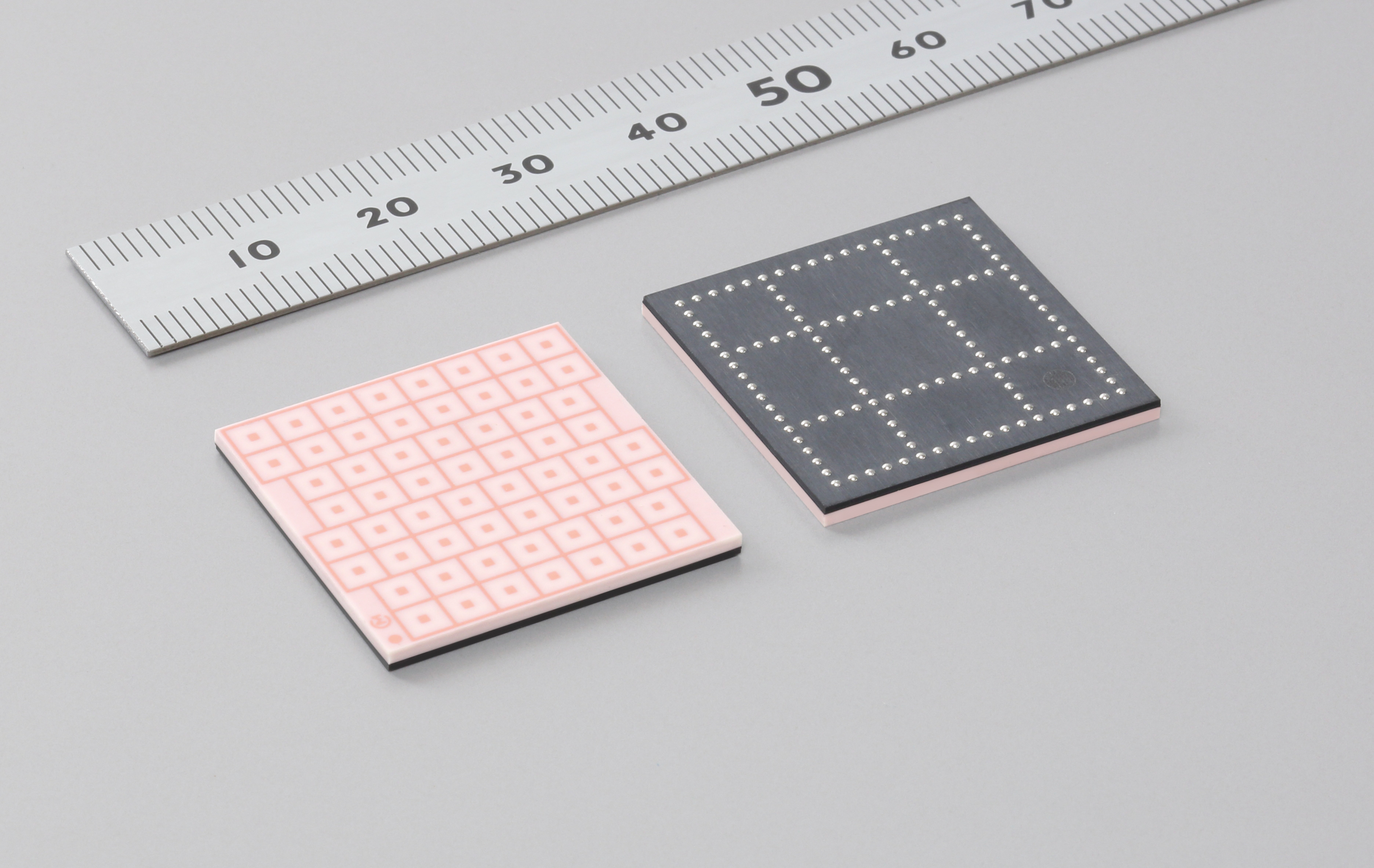

Murata has released a high gain antenna module that facilitates communication up to 4.62 Gbps. The new millimeter-wave RF antenna module will contribute to the creation of next generation wireless networks that utilise the 60 GHz frequency by supporting the IEEE802.11ad millimeter-wave wireless LAN standard.
The need is growing for faster internet communications in line with the increase in bandwidth required by internet contents such as ultraa-high definition (HD, 4K) video, augmented reality (AR), and virtual reality (VR). In addition, constructing wired networks that cover wide areas requires enormous amounts of cables and labour, and the costs of constructing and maintaining this infrastructure are also considerable.
Dubbed LBKA0ZZ1NH-317, the new module is anticipated to be utilised in a wide range of applications such as for communication between mobile phone base stations including next-generation 5G wireless communication, for communication between Wi-Fi hotspots, and for use in wireless communication networks in smart cities.
Murata’s RF module realises optimised antenna beamforming using a proprietary low temperature co-fired ceramics (LTCC) circuit board capable of facilitating high-precision 60 GHz band communication. In addition to communication via a standalone module, by combining multiple modules it is possible to extend the communication range and link outdoor base stations several hundred meters apart for multi-gigabit communication. The LTCC circuit board’s high heat resistance and low moisture absorption ensure excellent operational reliability and enable use even in outdoor base station environments.
The highly efficient antenna module operation realises low transmission line loss between the IC and the antenna thanks to the low-loss material characteristics of the LTCC. The modularised RFIC and antenna package eliminates the need to design new millimeter-wave RF circuitry, which reduces the amount of labour required for developing new network equipment.
The module exhibits a high gain of 37.5 dBm typical EIRP with CW signal and saturated power. The RFIC in the module is able to support multi-tile RF module operation. It helps users get higher output power, better Rx sensitivity and longer communication distance.
Company expands AI order-taking solution to tackle rising labor costs and improve customer experience Hi…
Outperforming competitors like OpenAI and ElevenLabs across standard datasets and specialized jargon recognition, Jargonic sets…
NVIDIA announced KAI Scheduler, the open-source version of the NVIDIA Run:ai Scheduler, available as a…
Partnership will deliver revolutionary, emissions-free travel in the UK, including greater connectivity for Virgin Atlantic…
New Vicor DCM3717 and DCM3735 DC-DC power modules support the growing trend of 48V-centric power…
DigiKey, a leading global commerce distributor offering the largest selection of technical components and automation…